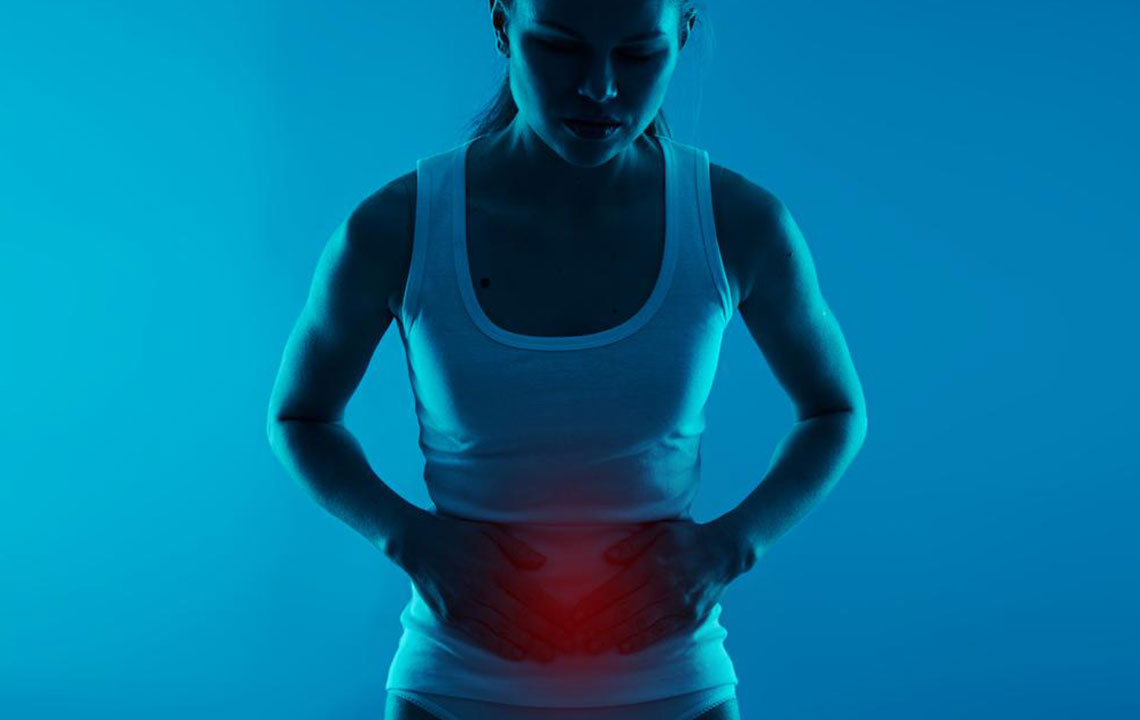Detecting Symptoms Of Gallbladder Problems Is Important

The gallbladder or the little sac in your body that gathers bile produced by the liver and releases it to the small intestine for breaking food particles seldom gets any attention. Although it is an important organ, it draws interest only when it starts malfunctioning. Generally, the gallbladder does not cause any disturbance to your health. It creates trouble only when the path to pass the bile to the intestine is somehow blocked. Gallbladder problems can vary from one person to other. While some get it as a chronic condition, there are others who need immediate medical attention; thus, the symptoms vary as well. Some of the common symptoms for detecting gallbladder problems are mentioned below:
Vomiting and nausea
Vomiting and nausea are among the most common symptoms of gallbladder problems. Whether it is a stone in the gallbladder or it is an inflammation of the organ, vomiting and nausea are experienced by all. Yet, people with chronic gallbladder problem may also get gas, acid reflux, or other digestive problems, apart from nausea and vomiting.
Feeling full
As the disorder of your gallbladder affects the digestive system, you may lose the urge to eat. A feeling of fullness in the abdominal area is often experienced by many patients diagnosed with this condition. Abdominal tenderness is also not something unusual when your gallbladder malfunctions.
Chills or fever
Do not ignore unexplained fever or chills as these can be a sign of an infection in your gallbladder or any other organ of the body. Ignoring the condition may aggravate the condition and might also cause a threat to your life, especially if it is a symptom of the gallbladder.
Pain
Gallbladder problems and pains are inseparable. In most cases, patients experience pain in their middle or upper abdomen on the right side of the body. The pain might be mild or extreme, depending on the severity of the condition. Some people also complain of getting pain radiated to the chest, back or any other part of the body. Although the pain persists throughout the day, some people may experience intense pain after meals, especially after eating spicy or fatty foods.
Change in the color of stool or urine
It is important to keep a watch on your bowels and urine. Dark-colored urine can indicate different health issues, including those of the gallbladder. In most cases, patients also experience pale color stool.
Chronic diarrhea
Diarrhea-causing stool for more than four times a day and stretching for a period of three months or above can be an indication of gallbladder problems. Chronic diarrhea is generally experienced by people who have gallbladder problems as a persistent condition.
Jaundice
Although this is a rare sign, jaundice, at times, may indicate problems in the functioning of the gallbladder. Mostly, this happens in patients with chronic gallbladder disorder or gallbladder cancer.
Diagnosis and treatment of gallbladder problems
Nowadays, it is not very difficult to find the treatment of gallbladder and get completely cured of the condition. Once you get any of the above-mentioned symptoms of the gallbladder, just visit a doctor and get the condition diagnosed. Gallbladder diagnosis generally starts with collecting the medical history of the patient to prescribing some medical examinations. While ultra-sonography of the abdomen is done to check the condition of the shape and size of the organ, blood tests are prescribed to learn about its functionality.
Treatment generally varies depending on the type of the problem. Patients with minor problems get easily treated with medication and diet correction. However, someone diagnosed with gallbladder stone, pancreatitis or gallbladder cancer requires surgical treatment. Gallbladder problem can be completely cured if diagnosed at an early stage. Therefore, it will always be wise for you to consult a doctor as soon as you notice any kind of symptoms.
Although taking appropriate medicines and following the doctor’s guidance is important for treating the gallbladder, yet it is not enough for ensuring its good health. To make sure that the condition does not recur in your lifetime, you should follow some diet tips. When considering diet changes, the first and foremost thing that you should avoid is junk foods. These are extremely difficult to digest and may once again lead to the malfunctioning of your gallbladder or any other digestive organ of the body. Alcoholic beverages are also strictly prohibited for an individual with gallbladder problems.
To live a healthy life, it is always better for you to include fresh vegetables and fruits in your diet. You should ensure that the diet you take is rich in fibers and low in carbohydrates. Special care should be taken by people over 40 years of age or someone who has a family history of gallbladder disorder. Obesity can also be a significant cause of gallbladder. Yet, rapid weight loss is not recommended.


